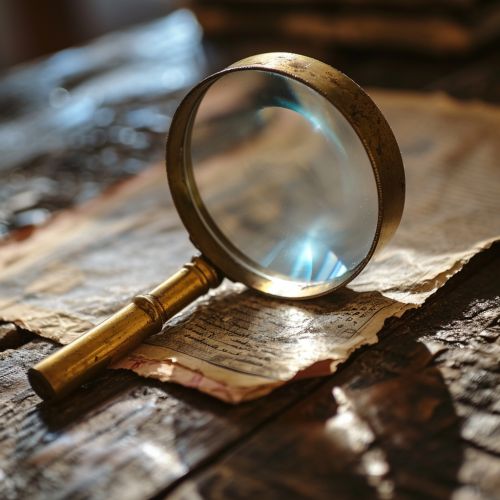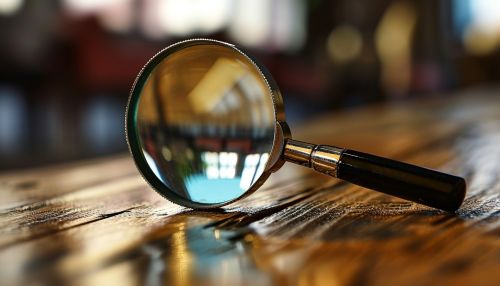Forgery Detection
Overview
Forgery detection is a multidisciplinary field that involves the use of scientific methods and technologies to determine the authenticity of objects, documents, or digital content. It encompasses a range of techniques, from visual inspection and physical analysis to advanced digital forensics. The aim is to distinguish genuine items from those that have been altered, duplicated, or entirely fabricated. This field is of critical importance in various sectors, including art, archaeology, law enforcement, and cybersecurity Forgery.
Historical Context
Forgery detection has a long history, dating back to ancient civilizations. The Egyptians, for example, developed methods to identify fake gold and silver Ancient Egypt. In medieval times, the Church employed experts to verify the authenticity of religious relics Middle Ages. The advent of printing technology in the 15th century led to an increase in document forgery, necessitating the development of new detection techniques Printing press.


Techniques in Forgery Detection
Visual Inspection
Visual inspection is the most basic form of forgery detection. It involves a close examination of the item to identify any inconsistencies or anomalies that may suggest forgery. This may include discrepancies in style, technique, or materials used, as well as signs of tampering or alteration Visual inspection.
Physical Analysis
Physical analysis involves the use of scientific techniques to examine the physical properties of an item. This can include microscopy, spectroscopy, and radiography, among others. These techniques can reveal details about the materials and methods used in the creation of the item, which can provide clues about its authenticity Physical analysis.
Digital Forensics
In the digital realm, forgery detection involves the use of digital forensics. This can include the analysis of metadata, the examination of digital signatures, and the use of image analysis techniques to identify signs of digital manipulation Digital forensics.
Applications of Forgery Detection
Forgery detection is used in a wide range of fields and industries. Some of the most notable applications include:
Art and Archaeology
In the fields of art and archaeology, forgery detection is used to verify the authenticity of artworks and artifacts. This is crucial for maintaining the integrity of collections and for preventing the sale and circulation of fakes Art forgery.
Law Enforcement
In law enforcement, forgery detection is used in the investigation of crimes such as fraud, counterfeiting, and identity theft. It can also be used in the examination of forged documents, such as passports, driver's licenses, and banknotes Forensic science.
Cybersecurity
In the field of cybersecurity, forgery detection is used to identify and prevent cyber attacks that involve the use of forged or manipulated digital content, such as phishing emails, fake websites, and deepfakes Cybersecurity.
Challenges in Forgery Detection
Despite advances in technology, forgery detection remains a challenging field. Forgers are constantly developing new techniques to evade detection, and there is often a lag between the development of new forgery techniques and the ability to detect them. Furthermore, the interpretation of the results of forgery detection techniques can be subjective and requires a high level of expertise Forgery detection challenges.


Future Directions
The future of forgery detection lies in the development of new technologies and techniques. This includes advances in artificial intelligence and machine learning, which have the potential to automate and improve the accuracy of forgery detection. There is also a growing interest in the use of blockchain technology for provenance verification, which could provide a secure and tamper-proof way of verifying the authenticity of items Future of forgery detection.
